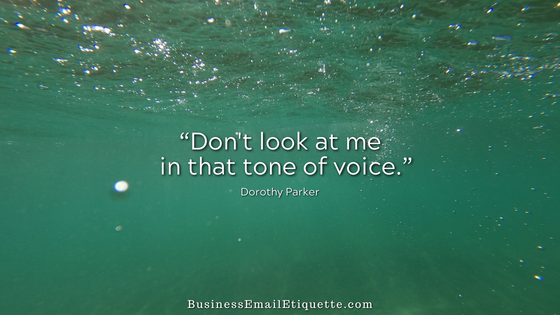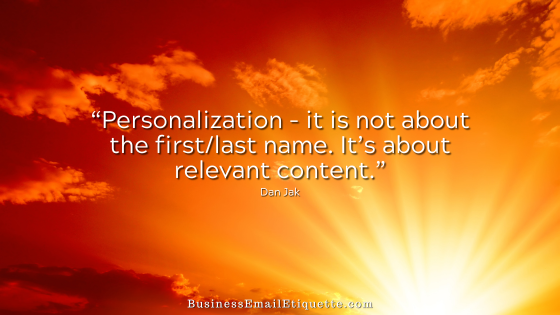How should I perceive large font use in email?

Folks often ask about font size. When we receive an email, we look at every word and the formatting used to determine tone and intent. Unfortunately, some folks rely too much on formatting instead of building their vocabulary to get their points across.
Does Font Size Matter in Email?
We have to look at how the larger font is being used. Is it the entire email or just certain words/terms? This is where you can determine intent.
Unless you know that the sender or recipient is visually impaired and requires a larger font size to see better, anything larger than the standard default font size for only certain words or phrases can be perceived as adding emphasis. Otherwise, why would one make the font larger?
In professional business communications, there is no room for formatting. Remember my simple golden rule?
What About Visually Impaired Emailers?
I know folks who make the fonts in their emails larger because it makes writing and reading emails easier. If that’s the case, the courteous thing to do after typing your message is to reduce the font back to default before clicking Send. That is unless the person on the other side also likes larger fonts.
You can agree to increase the font size if that makes it easier for both of you. Personally, it seems the older I get, the smaller the fonts get!
This is all about perception and determining one’s intent and tone, right? So we look at every character, dash, dot, and choice made to try and determine what the other side means.
Since increasing the font size requires a manual setting change (and can make your email spammy, misidentified as spam, and possibly blocked), folks will wonder why the font is larger. And if certain words or phrases are much larger, yes, one can assume the sender meant to “raise their voice”—or at the very least add strong emphasis.
If you are unsure, ask before assuming.
As I always recommend, it is better to rely on your words for intent and tone—not formatting—and you’ll never be misunderstood!








